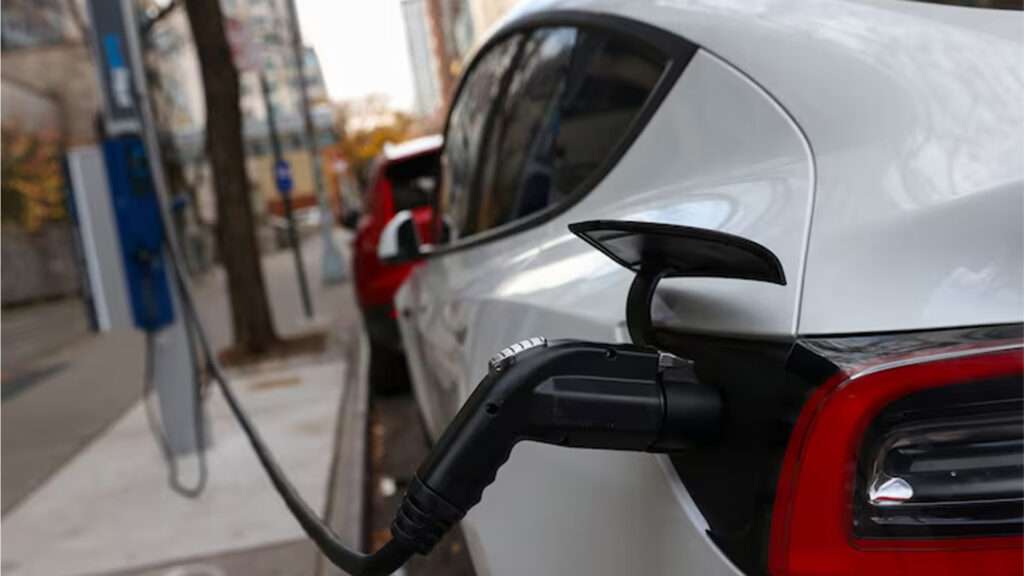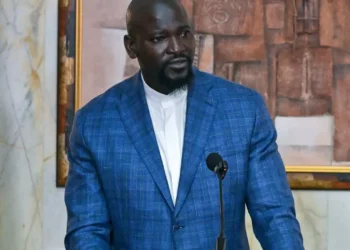In the rapidly evolving electric vehicle (EV) market, where innovation and speed are paramount, Chinese carmaker Zeekr has made headlines with a bold claim: the world’s fastest-charging EV battery.
This breakthrough, poised to reshape the landscape of electric mobility, challenges the dominance of industry giants like Tesla and BYD.
Zeekr, a subsidiary of Geely, has introduced a new EV battery that the company asserts charges faster than any existing competitor. According to Zeekr, this advanced battery can be charged from 10% to 80% capacity in just 10 and a half minutes when using the company’s ultra-fast charging stations. This is a significant leap in charging efficiency, positioning Zeekr as a formidable contender in the global EV market.
For context, Tesla, the current leader in EV technology, claims that its Model 3 can cover 175 miles (282 km) after a 15-minute charge. While impressive, this is just under half the car’s full range. In contrast, Zeekr’s new battery offers a more rapid and efficient charging experience, potentially reducing one of the major barriers to EV adoption: long charging times.
Zeekr’s new battery will debut in the 2025 007 sedan, set to be available next week. This vehicle marks a significant milestone for the company, as it showcases not only Zeekr’s technological prowess but also its commitment to enhancing the overall EV ownership experience.
The company has also emphasized that the battery performs exceptionally well even in cold weather, charging from 10% to 80% capacity in less than half an hour at temperatures as low as -10°C. This adaptability in extreme conditions further sets Zeekr apart in the competitive EV landscape.
Industry Reactions and Implications
Tu Le, founder and managing director of Sino Auto Insights, commented on Zeekr’s advancements, noting that “Tesla’s charging technology is not industry-leading anymore and has not been for some time.” This statement underscores the shifting dynamics in the EV industry, where newer players like Zeekr are not only catching up to but potentially surpassing established leaders.
Mark Rainford, a China-based car industry commentator, highlighted the fierce competition within China’s EV market. He pointed out that while companies like BYD focus on scale and sales, brands such as Zeekr, Li Auto, and Nio are prioritizing the charging experience. “Zeekr’s parent company, Geely, is pretty much a vertically integrated business… they have the resources to do this,” Rainford added.

Geely’s diverse portfolio, which includes brands like the UK-based luxury sports car manufacturer Lotus and Sweden’s Volvo, provides Zeekr with the backing and resources necessary to push the boundaries of EV technology.
Despite this technological breakthrough, Zeekr’s journey has not been without challenges. In May, the company’s shares began trading on the New York Stock Exchange, marking the first major US market debut by a Chinese company since 2021. However, the shares have since struggled, trading 27% below their initial public offering (IPO) price. This decline coincided with significant geopolitical developments, including the Biden administration’s announcement of major tariff hikes on Chinese-made EVs, solar panels, steel, and other goods.
The White House justified these measures, including a 100% border tax on EVs from China, as a response to unfair trade practices and an effort to protect American jobs. This move has raised concerns among officials in the US, the European Union, and other major car markets about the rapid expansion of Chinese EV companies abroad.
As Zeekr continues to innovate and push the boundaries of what is possible in electric mobility, its success will depend not only on technological advancements but also on navigating the challenges posed by an increasingly competitive and politically charged global market.
In a world where the future of transportation is electric, Zeekr’s achievements represent a leap forward, offering a glimpse of what might become the new standard in EV charging technology. Whether this will be enough to secure its place among the industry’s giants remains to be seen, but one thing is clear: the race for EV supremacy is far from over.
READ ALSO: Oil Surplus Looms If OPEC+ Increases Supplies, IEA Data Shows



















